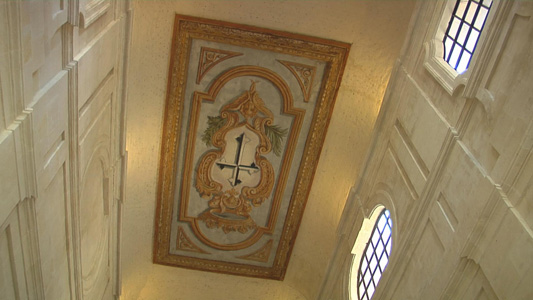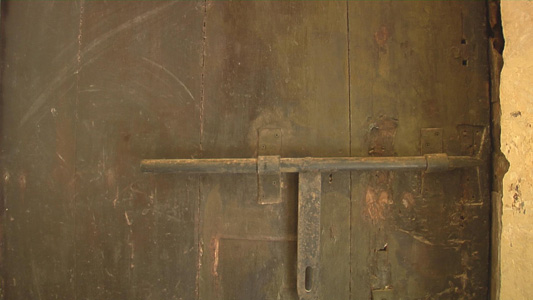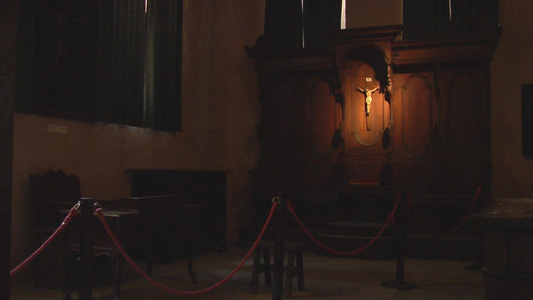
However much the arrival of the Inquisition may have been intended to reconcile the differences between the Grandmaster and the Bishop of Malta, instead of bridging the gap, it basically created a third power. Malta was effectively under three rulers – sarcastically referred to as ‘the three pillars of the church’, with the Inquisition having a much wider impact then its supposed opposition to suppress heresy.
In fact, although for a century the Apostolic Delegate was theoretically the third-highest ranking dignitary in Malta after the Grandmaster and the Bishop, in practice he had full powers above everybody in such a way that the Roman Catholic Church was able to exert great influence over all sectors of Maltese Society. Two briefs spelt and consolidated his authority in no uncertain way: he was authorised to proceed in criminal actions against persons who depended on him, or against others guilty of offending his dependents. He was also empowered to apply the death penalty even if it was exceptional. History reveals that the Inquisitors used to deliver sentences according to the mores of their time which by today’s standards were very severe. In 1731 the Inquisitor’s position was further defined in the sense that he had to be given precedence over the Bishop should they meet anywhere outside Church precincts.

Although it was supposed to usher in a conciliatory period, the replacement of the Order by the Inquisition in Vittoriosa between 1575 and 1798 brought on an era of terror and torture for the city’s inhabitants. Nobody liked entering the Inquisitor’s Palace – not even as a witness – witnesses often had to be arrested and dragged there. Alternatively, to obtain their denunciations, the Inquisitors frequently had to sent officials directly to people’s homes.
That the people of Vittoriosa were deeply terrified by the Inquisitor’s presence in their city was not surprising. It can safely be stated that whatever the Inquisitor did for Malta, it was felt most harshly in Vittoriosa where the Laws and Injunctions issued by him had first and foremost to be adhered to most scrupulously under his constant vigilant eye. Infringements by the people of Vittoriosa were more easily noted than others, and many even felt the need to denounce their own transgressions to the Inquisitor before being accused of any crime. The people of Vittoriosa were too close to the Inquisition for comfort, and this proximity resulted in a relatively higher number of people from Vittoriosa being accused before the Tribunal.

On the other hand, as the Papal representative, the Inquisitor attracted constant calls from dignitaries visiting Malta, and had frequent consultations with the Bishop and the Knights. Furthermore, there were also a couple of Inquisitors, namely Pallavicino and Caraccialo, who went out of their way during times of crisis so as to demonstrate the fact that they were also father-figures who cared for the needy – doing everything in their power to alleviate them from hardship and poverty. Both Inquisitors were sorely missed and people cried when the time came for them to leave the island. Furthermore various Maltese and foreigners did their best to acquire a status of familiars of the Inquisition because that meant they could also appeal to Rome in case of trouble with the Grandmaster or Bishop.
The Inquisitor had a number of officials; the Assessor or Vice Inquisitor, the Fiscal Promoter or Public Prosecutor, the Notary Public or Chancellor of the Tribunal, the Depositary or Bursar, Instructors or Collectors of Evidence, Interpreters, the Captain of the Holy Office or the Executioner of Sentences, the Advocate of the Poor, the Doctor, the Gaoler, Couriers, Consulters or Theological/Canon Law consultants, bodyguards and familiars or domestic staff. All together, the Inquisitor’s household amounted to well over a hundred – all enjoying special privileges and/or immunity from Civil and Clerical jurisdictions.
The Inquisitor’s Court met in the principal hall, where a trial would typically consist of a denunciation, compilation of evidence, torture, either an abjuration or a public confession of repentance, a verdict (sometimes passed in absentia), and the execution of sentences. Those who were condemned to death were handed over to the civil authorities who were obliged to carry out the sentence. Those convicted could possibly appeal to Rome.
Sentences were often executed in a pre-assigned public place in Vittoriosa while others were carried out within the Inquisitor’s Palace. The execution courtyard with its terrifying dungeons contained the legendary well that is known as il-bir tas-skieken (the well of knives). This is recognisable in one of the still existent prison cells that serve as a silent witness to the sordid deeds that had once occurred behind these massive walls. Sentences appear to have been carried out even when the guilty party was no longer present. In 1575 Matteo and Lorenzo Falson were condemned to death. However, since they escaped to Sicily and France the authorities executed the sentences in absentia by burning two effigies of the accused.
In 1798 the French dissolved the Order’s, Bishop’s and Inquisitor’s tribunals – labelling them as being tyrannical. However by then, they had already shaped and influenced the history, culture, and mentality of Malta and the Maltese for over two centuries. During the brief French occupation the palace served as the residence of the Commander of the Cottonera district. The British then converted it into a military hospital and later into an Officer’s Mess. During the Second World War the Domenican friars resided in the premises after losing their church and convent in military action. Today the Palace, although an architectural attraction on its own, is open daily as a museum – displaying the instruments that influenced the lives of generations.

